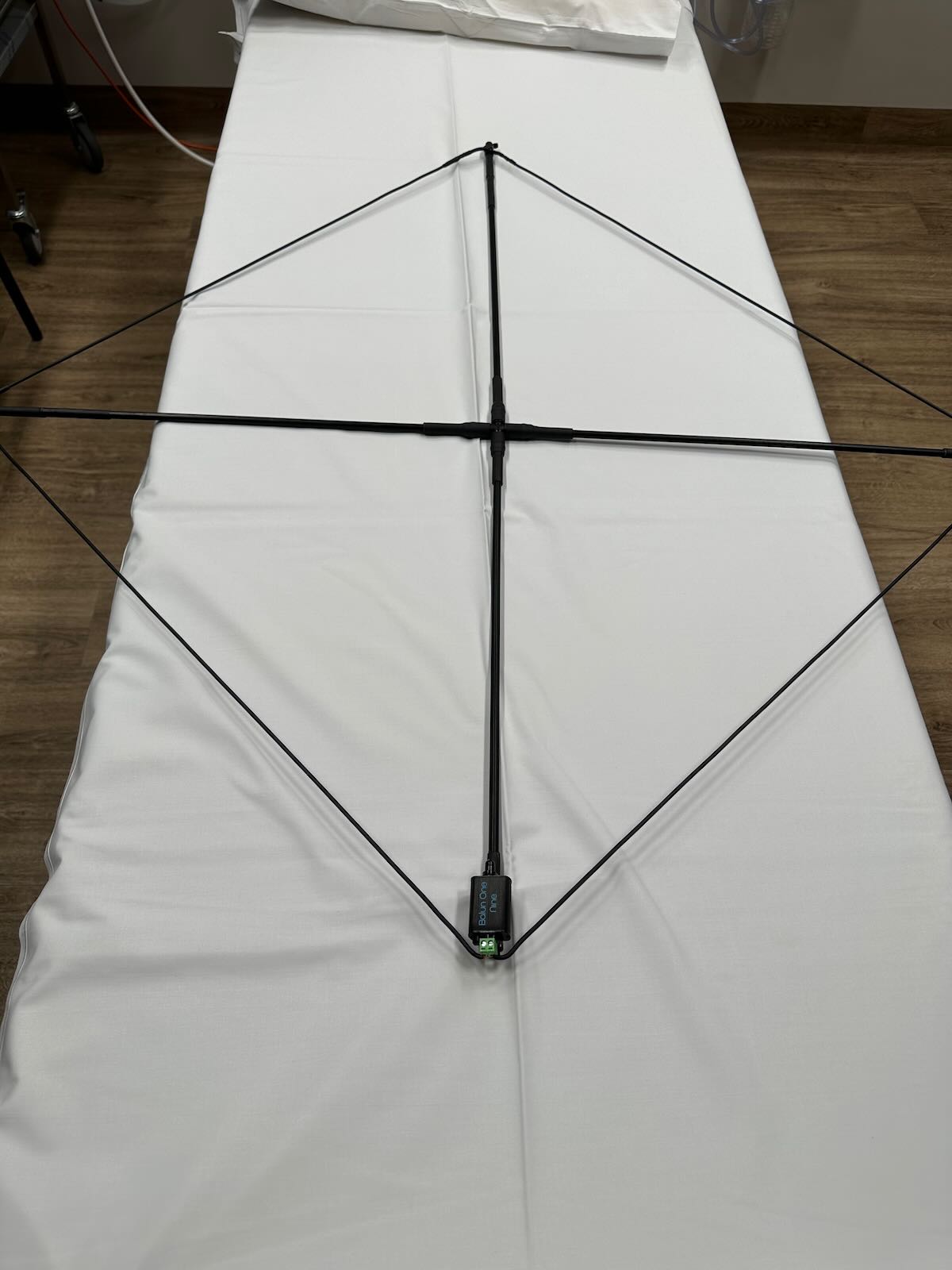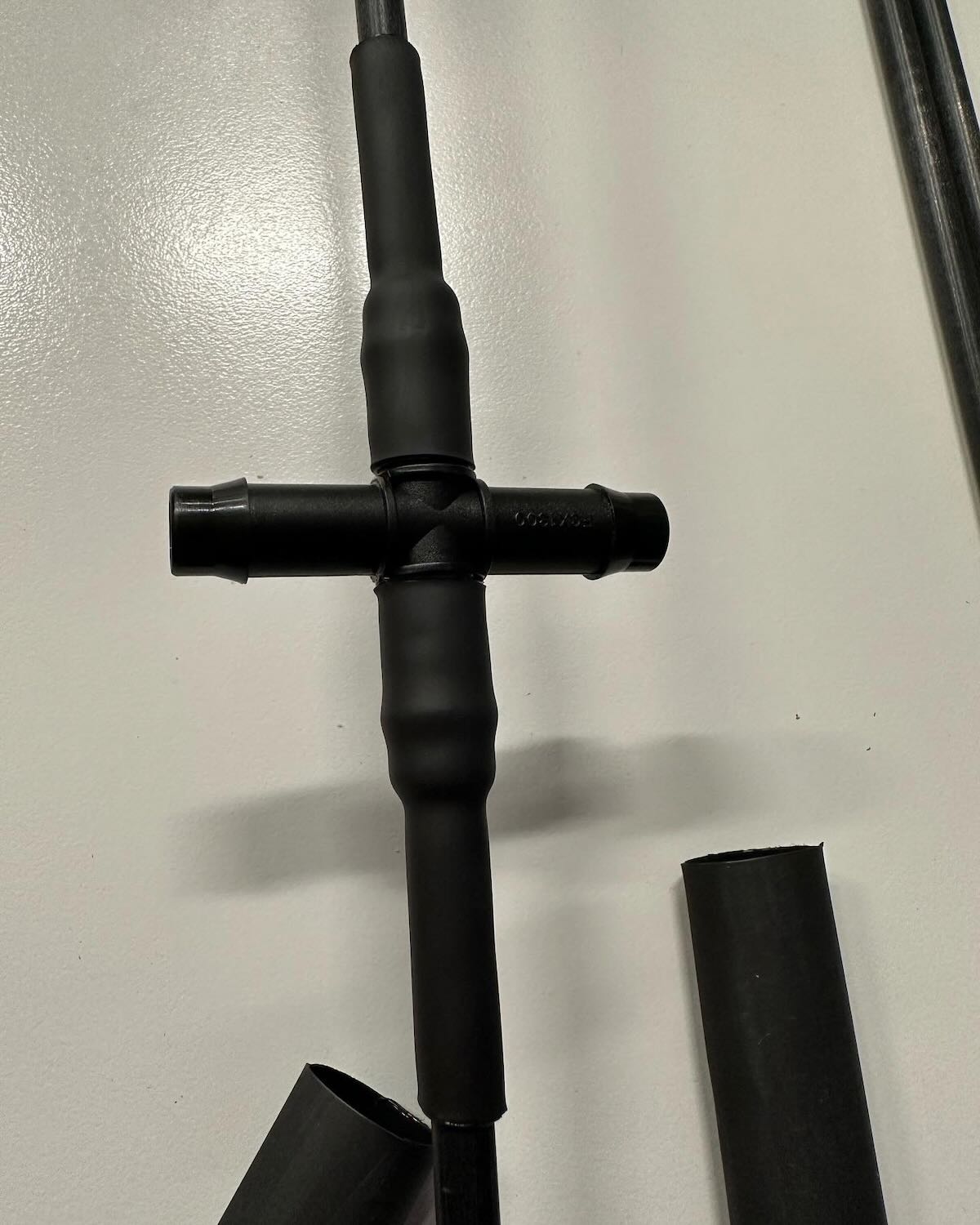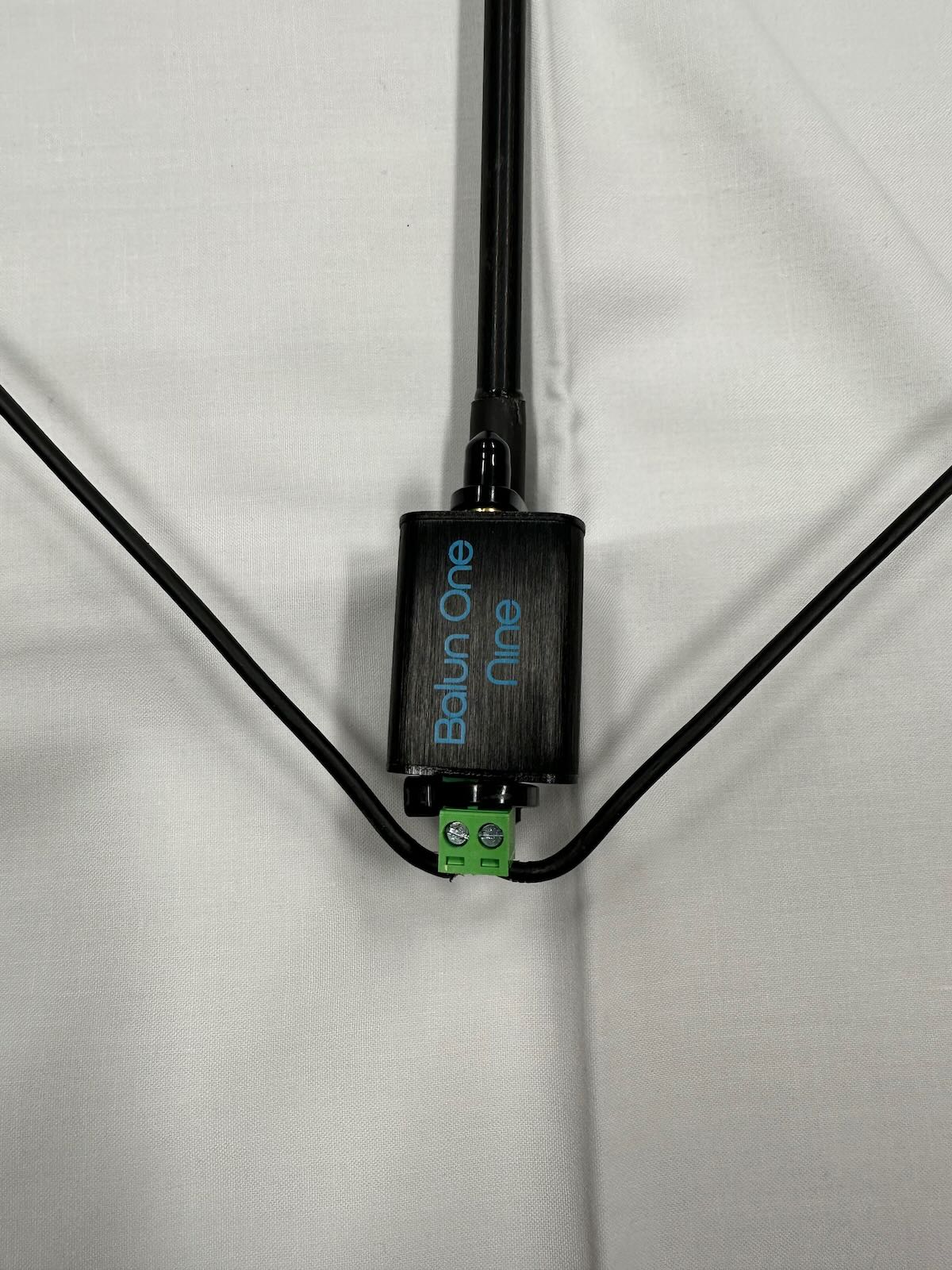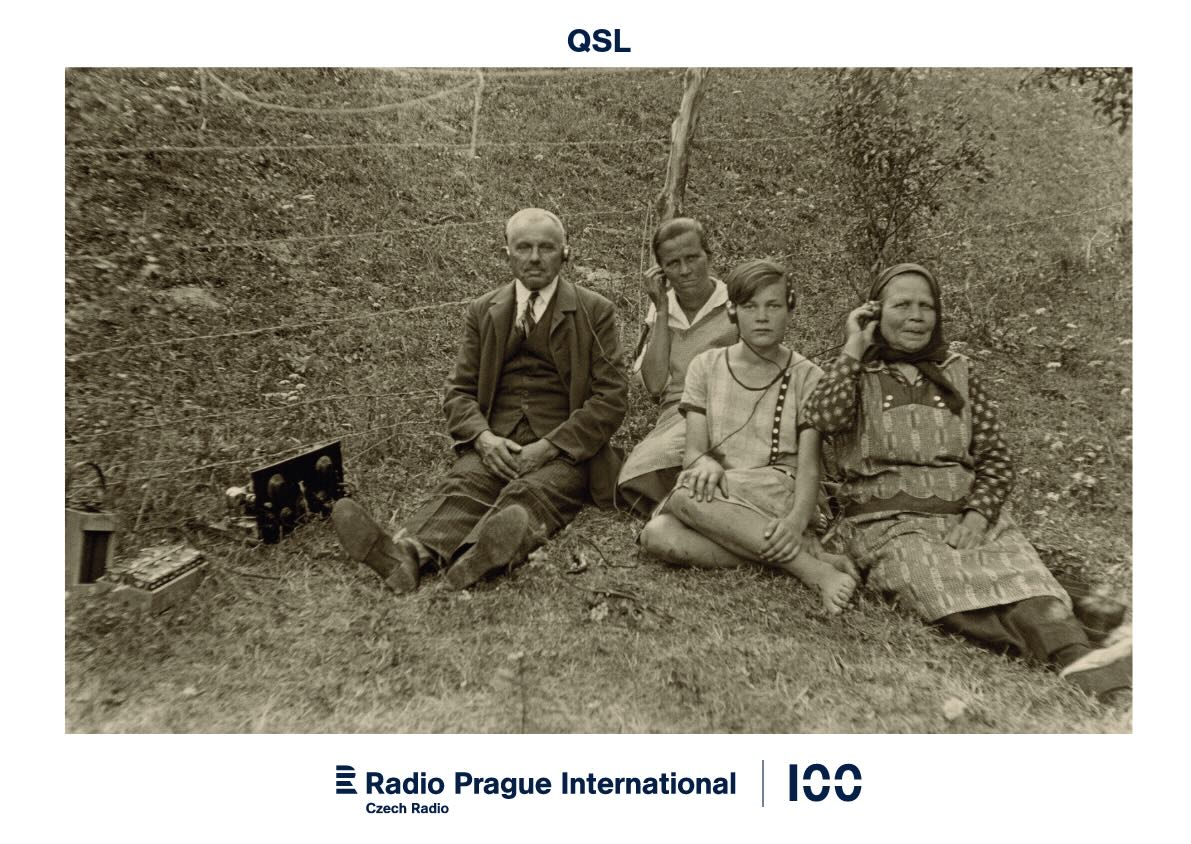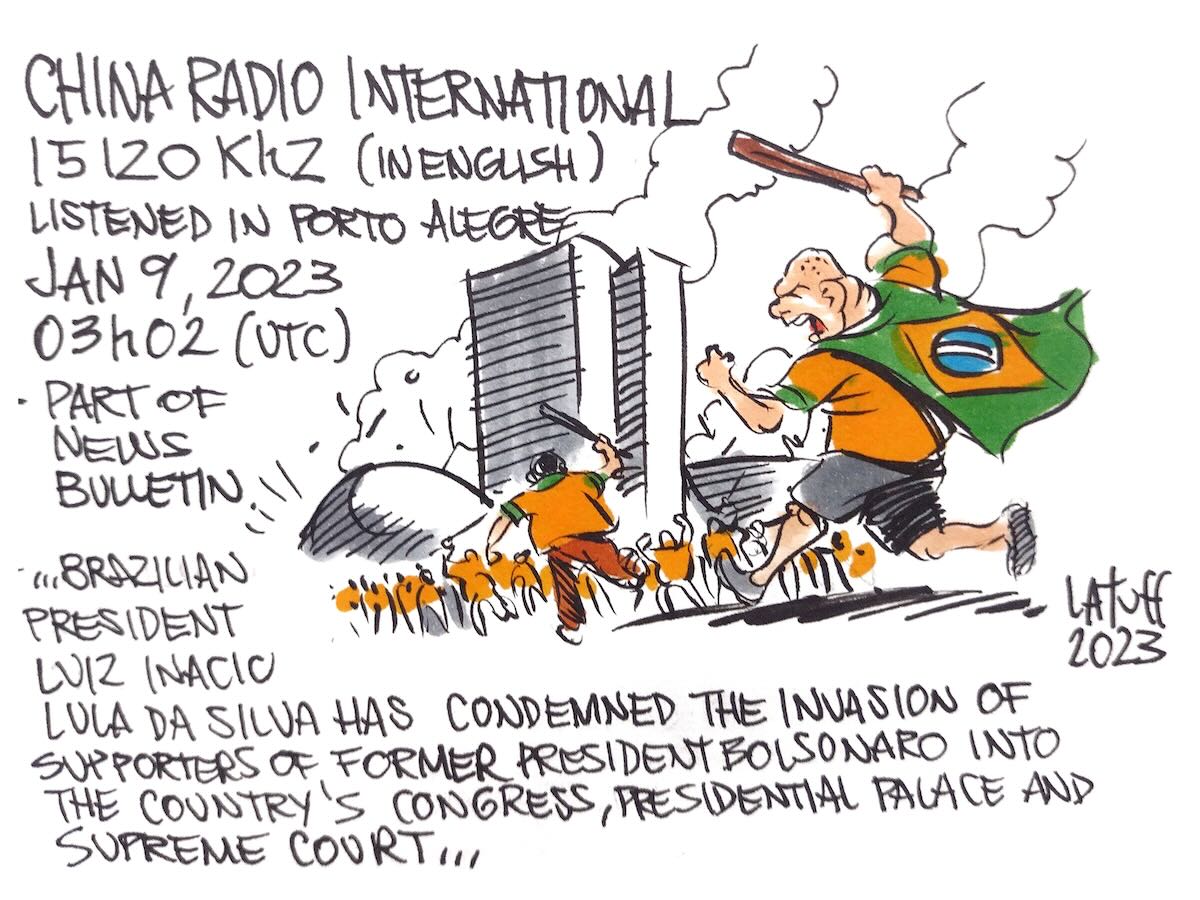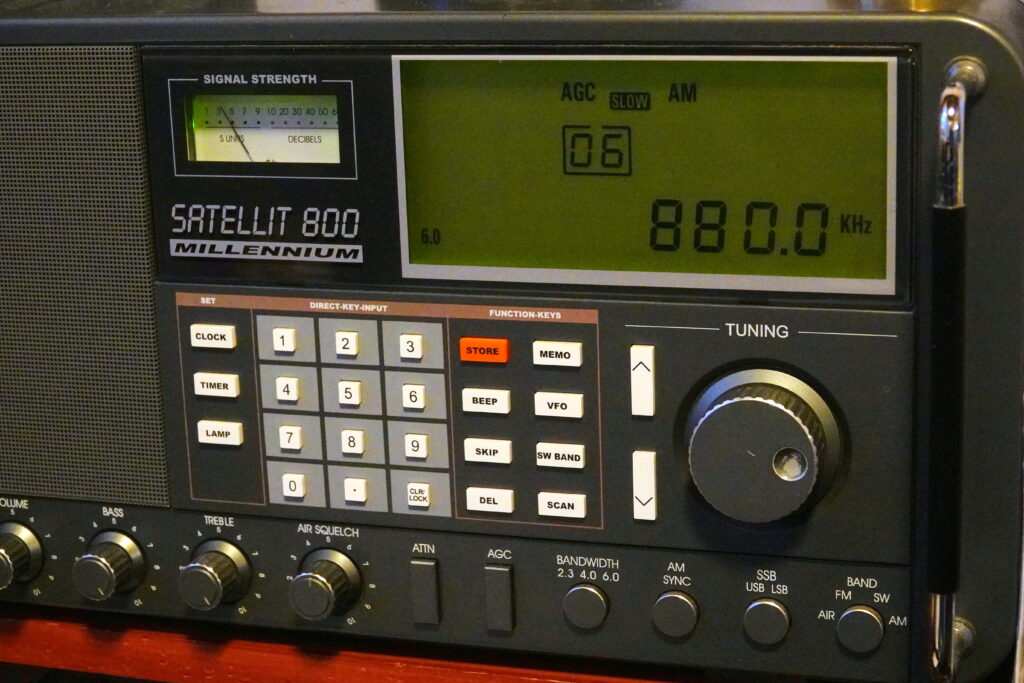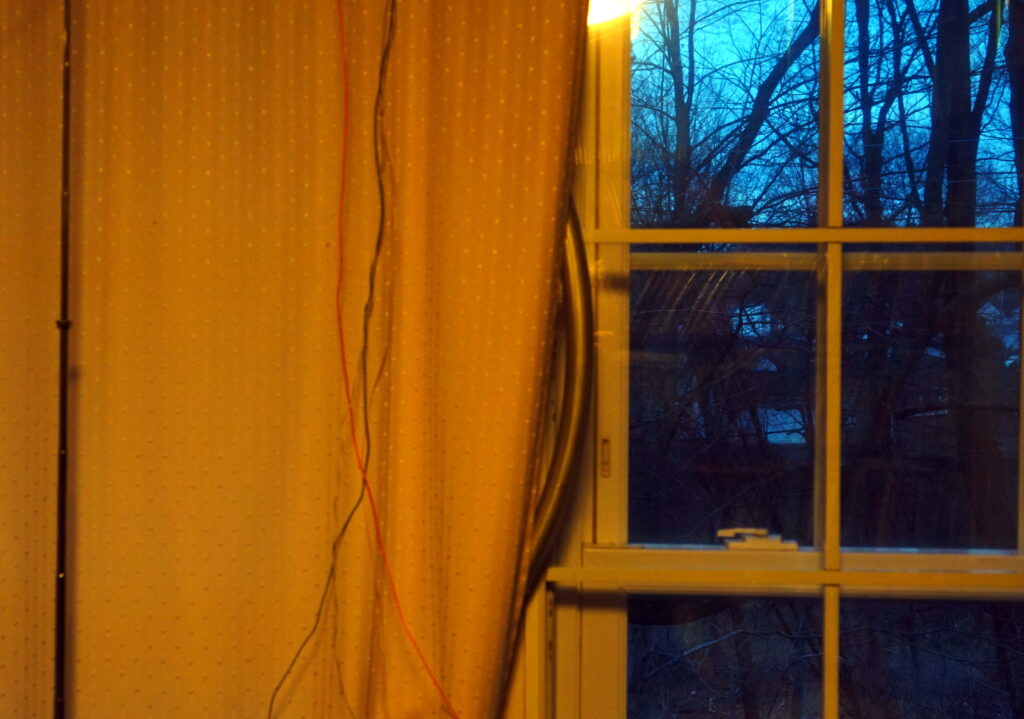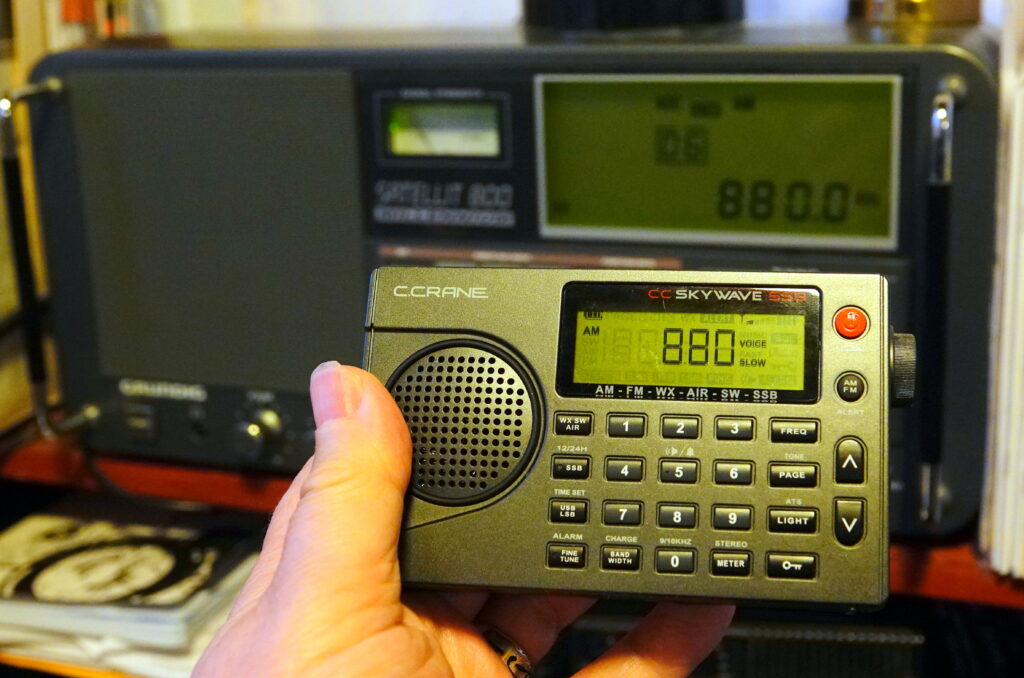Many thanks to SWLing Post contributor, Richard Langley, who shares this sad news via Horacio A. Nigro (CX3BZ):
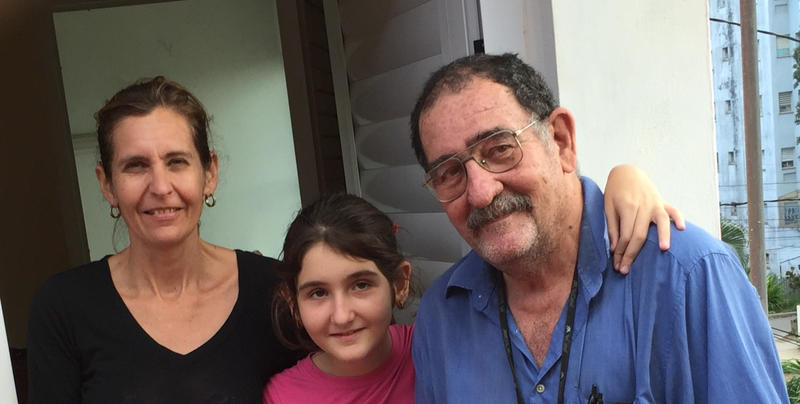
Arnie Coro and family circa 2016 (Photo via QRZ.com)
Arnaldo Coro Antich (CO2KK) Passed Away This Morning At 80 Years Old
This morning of January 8, 2023, our colleague Arnaldo de Jesús Coro Antich (CO2KK) died in a hospital in the capital at the age of 80 due to complications from chronic illnesses he suffered.
Coro began his interest in the radio, according to what he said, from the gift of his father, a coil with a galena stone and headphones to listen to the stations. At just 12 years old, he joined the then Radio Club de Cuba, the association that at the end of the 50s brought together radio amateurs in the capital.
In 1957 he began working at CMBA Television Canal 7, owned by the Mestre brothers, where he gained a lot of knowledge.
As a journalist, he collaborated with the written press and with the radio, his greatest passion. The first one recalls his sec? tion on science in Juventud Rebelde newspaper and the articles in the magazine Juventud Técnica in which he was also one of the advisors. On the radio he was until his death a member of the team of the Radio Habana Cuba radio station and his program Dxers Unlimited, in English, which reached all corners of the planet, was highly appreciated, from where he re? ceived abundant correspondence. Many foreign colleagues knew him as Arnie Coro. He also had sections on science and technology in programs on Radio Progreso, Radio Taino and Radio Metropolitana.
Arnaldo was passionate about the dissemination of science and technology and was always aware of the latest discovery or invention to pass it on to listeners and friends.
As a professor, he also taught classes at the “Raúl Roa Kourí” Higher Institute of International Relations and at the “José Martí” International Institute of Journalism. But his teachings were not limited to the teaching scenarios, he constantly trans? mitted them to everyone.
Since its foundation in 1966, he was a member of the Cuban Radio Amateurs Federation, and an active member in technical commissions and other positions, always looking for solutions to technical problems. He founded and kept the “Rueda del Multimetro” (Net of multimeter) on the air for a long time, in which he helped to understand the technical issues of radio am? ateurs and to find solutions to the problems that numerous colleagues from the backyard and abroad consulted him.
He was an active contributor to other rounds such as the “Rueda Huracan” (Hurrican Net) and the “Encuentro Capitalino” (Capital Meeting) where he made available his knowledge about solar activity and propagation, one of his favorite topics and of which he was a true connoisseur.
Another subject to which he dedicated special interest, time and efforts was that of emergency communications by radio amateurs. His radio station was always ready to seek and share information during emergencies and disasters in our country and the region. At the time of his death he was the Emergency Coordinator for Area C of Region 2 of the International Amateur Radio Union (IARU R2).
I will always appreciate our exchanges by radio or phone about extreme weather events threatening our area. Coro, who was born on July 2, 1942, received the National Radio Award in 2017.
We offer our condolences to his family on his death.
Rest in peace, friend. We will miss you.
Carlos Alberto Santamaría González (CO2JC)
Coordinador de la Red de Emergencia Nacional FRC
Coordinador de Emergencias IARU R2.FALLECIÓ ESTA MADRUGADA A LOS 80 AÑOS ARNALDO CORO ANTICH (CO2KK)
Horacio A. Nigro, CX3BZ
The following statement was posted on the RHC website:
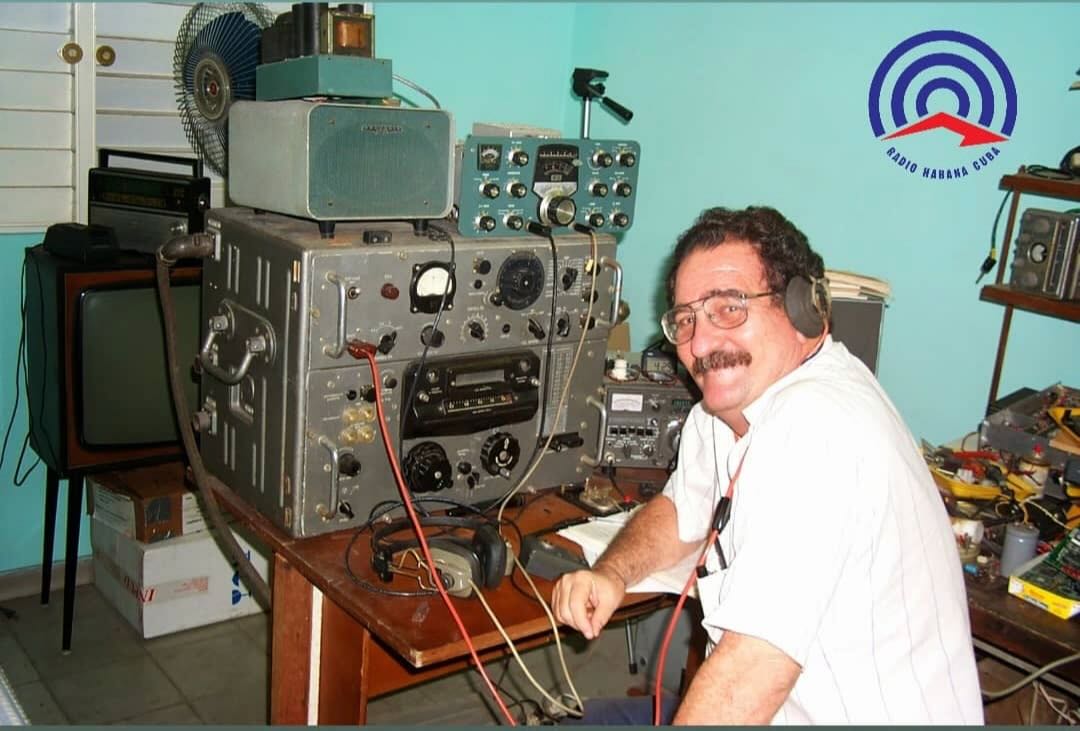 Havana, January 8 (RHC)– In the early hours of this Sunday morning, the outstanding journalist and university professor Arnaldo (Arnie) Coro Antich, with a long working career in Cuban radio, passed away in Havana.
Havana, January 8 (RHC)– In the early hours of this Sunday morning, the outstanding journalist and university professor Arnaldo (Arnie) Coro Antich, with a long working career in Cuban radio, passed away in Havana.
Winner of the National Radio Award 2017, Coro was born on July 2, 1942. From a very young age, he was linked to radio broadcasting. He was an expert radio amateur (his call sign: CO2KK) and a specialist in Mass Media and New Information and Communications Technologies.
He taught as Assistant Professor at the Higher Institute of International Relations of MINREX and served as Vice President of the Cuban Commission for the Preservation of Audiovisual Heritage, created by UNESCO.
Arnie Coro was the author of numerous scientific and technical publications, including the book “La Guerra Radial de Los Estados Unidos de América Contra Cuba,” published in 1984.
He was the host of the internationally-renowned radio program “Dxers Unlimited,” which he kept on-the-air for many years on the English-language broadcasts of Radio Havana Cuba. “Dxers Unlimited” was one of the most popular radio programs in English and was considered a profesional guide to shortwave listening around the world.
Arnie’s last working years were spent in Radio Habana Cuba’s English language service, a group that regrets his death and sends its condolences to his family and friends.
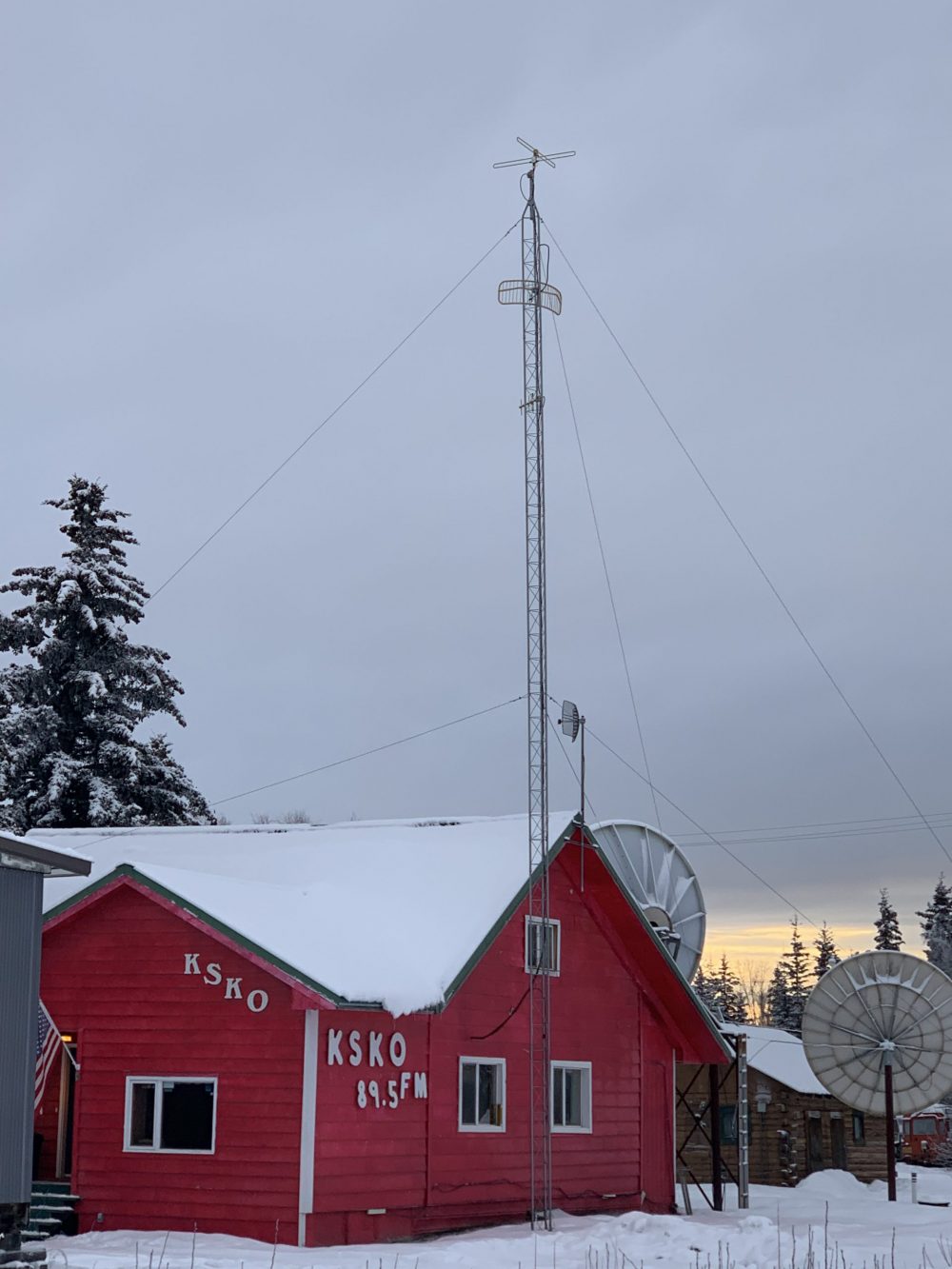 Many thanks to SWLing Post contributor, Paul Walker, who writes:
Many thanks to SWLing Post contributor, Paul Walker, who writes:
